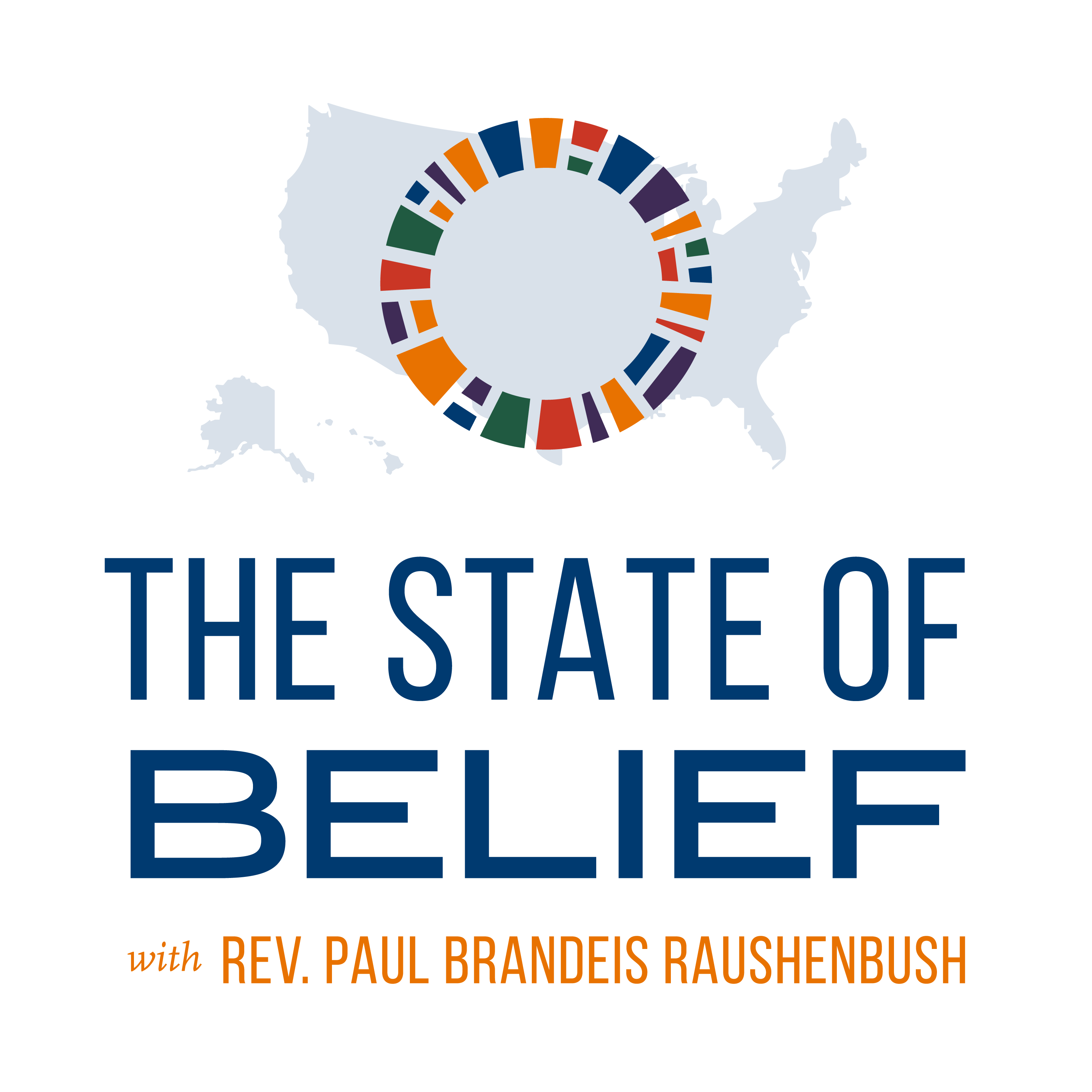The photograph is iconic and holds a particular power over the minds of my generation. In the center is Dr. Martin Luther King, Jr. He is flanked by his colleagues Ralph Abernathy and Ralph Bunche. And arm-in-arm with these proud Protestants are a rabbi, an Orthodox priest, a nun and others. Each one wears a garland of flowers.
Like a parent looking at a class picture, each viewer’s attention is drawn to a different face. As a Jew, I am drawn to Abraham Joshua Heschel, who remarked that his “feet were praying.” Others see the members of their own communities. Each person has a certain pride of presence in those activists.
Of course, the moment has its own overarching significance. This third Selma march, fifty years ago come the 21st, marked a turning point in American history. If the African American community felt alone on Bloody Sunday, within two weeks people of conscience from faith traditions and social justice communities had gathered in support of voting rights. The marchers embarked from a church and headed for the state capital in Montgomery to speak truth to power.
These days, when the partisans of religious judgmentalism are using their Scripture to build barriers to change, it is hard to remember that time when prominent people of faith took seriously the mandate to treat every child of God with equal respect. At the risk of their livelihoods and even their lives, religious leaders closed ranks behind the disenfranchised. They did so not because it was in their personal interest, but because their faith commitments demanded no less. They did so in spite of the fact that “11:00 Sunday morning was the most segregated hour in America,” because they recognized that what they shared in common was far greater than what kept them apart. To be clear, not all civil rights activists were driven by faith or belief, but the positive role of religious life in this chapter of our history is worth celebrating.
It was almost thirty years later that Interfaith Alliance was founded. Its original board members included people whose commitments were shaped by Dr. King and the others in that photograph. Their vision was and remains an America made stronger when people of faith (and no faith) link arms to demand that every child of God be treated with equal respect. Then and now, we recognize that what we share in common – among the 75 or more distinct faith communities represented in our membership – is far greater than what keeps us apart. Our message embarks from church, synagogue, mosque, temple, gudwara, salon and classroom and seeks to speak that overarching truth to power. Sometimes that power resides in a legislative body and sometimes in an ecclesiastical body. We seek to accomplish our mission of protecting faith and freedom inspired by our faith in God and the Constitution.
In the past, I have made the pilgrimage to Selma to walk with other children of those original activists – descendants of the actual marchers and of those energized by them. I have sent my children to walk across the Edmund Pettus Bridge to pray with their feet. And while I am certain that the Constitution is up to the task of securing the blessings of liberty to ourselves and our posterity, I never lose sight of the universal message of my particular faith, the message that demands I link arms with other people of faith and goodwill and cross the bridges ahead of us. I refuse to lose the faith message of Selma.




